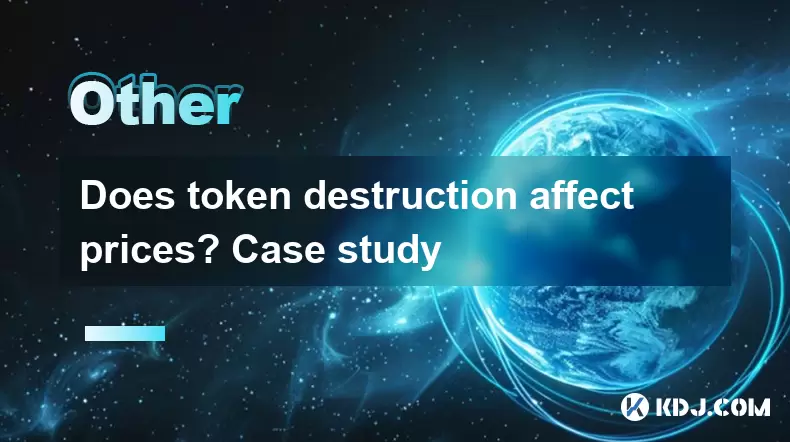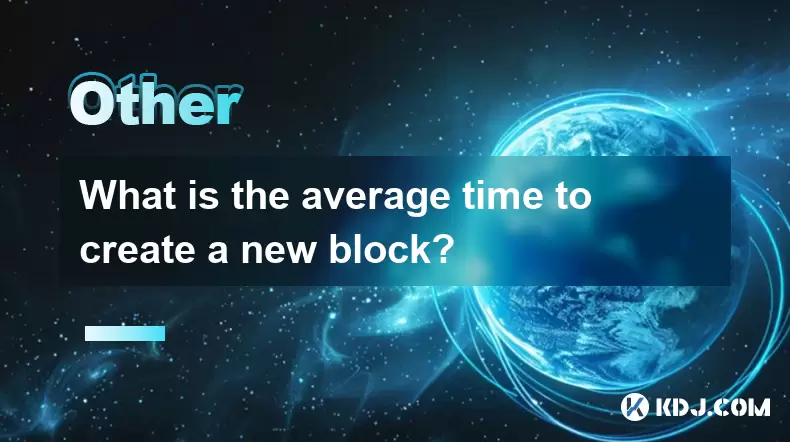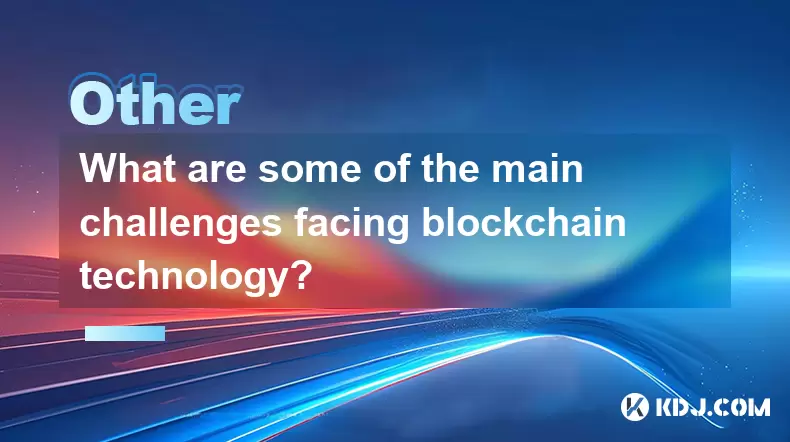-
 Bitcoin
Bitcoin $117500
2.15% -
 Ethereum
Ethereum $3911
6.19% -
 XRP
XRP $3.316
10.79% -
 Tether USDt
Tether USDt $1.000
0.01% -
 BNB
BNB $787.2
2.24% -
 Solana
Solana $175.2
4.15% -
 USDC
USDC $0.9999
0.00% -
 Dogecoin
Dogecoin $0.2225
8.40% -
 TRON
TRON $0.3383
0.28% -
 Cardano
Cardano $0.7868
6.02% -
 Stellar
Stellar $0.4382
9.34% -
 Hyperliquid
Hyperliquid $40.92
7.56% -
 Sui
Sui $3.764
7.63% -
 Chainlink
Chainlink $18.48
10.66% -
 Bitcoin Cash
Bitcoin Cash $582.1
1.88% -
 Hedera
Hedera $0.2601
6.30% -
 Avalanche
Avalanche $23.33
4.94% -
 Ethena USDe
Ethena USDe $1.001
0.02% -
 Litecoin
Litecoin $122.3
2.04% -
 UNUS SED LEO
UNUS SED LEO $8.969
-0.27% -
 Toncoin
Toncoin $3.339
0.86% -
 Shiba Inu
Shiba Inu $0.00001287
4.30% -
 Uniswap
Uniswap $10.43
7.38% -
 Polkadot
Polkadot $3.861
5.08% -
 Dai
Dai $1.000
0.02% -
 Bitget Token
Bitget Token $4.513
3.41% -
 Monero
Monero $267.7
-6.18% -
 Cronos
Cronos $0.1499
4.14% -
 Pepe
Pepe $0.00001110
5.15% -
 Aave
Aave $284.9
8.28%
Does token destruction affect prices? Case study
Token destruction, or burning, reduces cryptocurrency supply by sending tokens to an unrecoverable address, aiming to increase scarcity and potentially boost value.
Jun 22, 2025 at 02:50 am

Understanding Token Destruction
Token destruction, commonly referred to as token burning, is a process where a portion of cryptocurrency tokens is permanently removed from circulation. This is typically done by sending the tokens to a non-recoverable wallet address, effectively reducing the total supply. Projects may implement token burns to create scarcity, reward long-term holders, or stabilize price volatility. The mechanism behind this action lies in the basic economic principle of supply and demand — when supply decreases and demand remains constant or increases, prices are expected to rise.
The act of burning tokens is transparent on the blockchain, allowing anyone to verify that the tokens have indeed been removed from circulation. This transparency plays a crucial role in building trust among investors and users.
Theoretical Impact of Token Burning on Price
In theory, token destruction should positively influence the price of a cryptocurrency, assuming all other market conditions remain unchanged. By reducing the circulating supply, the remaining tokens could become more valuable due to increased scarcity. However, the real-world impact can vary significantly depending on factors such as market sentiment, trading volume, and overall project fundamentals.
- Reduced supply can signal confidence from the development team, indicating they believe in the long-term value of the project.
- If investor perception improves after a burn, it may lead to increased buying pressure.
- Conversely, if the market interprets the burn as an artificial manipulation tactic, it might not respond favorably.
It's essential to understand that while token burning introduces a deflationary element, it does not guarantee price appreciation.
Real-World Case Study: Binance Coin (BNB)
One of the most well-known examples of token destruction influencing price is Binance Coin (BNB). Binance regularly conducts quarterly token burns, reducing the total supply of BNB until only 100 million coins remain. Each burn event is widely publicized and closely watched by the crypto community.
Following each burn, BNB has often experienced short-term price surges, although long-term trends depend on broader market dynamics and platform adoption. Investors view these burns as a commitment to enhancing token value, which contributes to positive market sentiment.
However, it’s important to note that during bear markets, even projects with regular burn mechanisms like BNB can experience price declines, showing that token burning alone cannot shield a cryptocurrency from adverse market conditions.
Another Example: Ethereum (ETH) and EIP-1559
Ethereum implemented a form of token destruction through EIP-1559, which introduced a base fee for transactions that gets burned instead of being given to miners. This change turned ETH into a deflationary asset under certain network conditions.
- The introduction of EIP-1559 created a new narrative around ETH as a potential store of value.
- Since the upgrade, significant amounts of ETH have been burned, contributing to a slower issuance rate and sometimes net-negative supply growth.
- While ETH’s price has seen substantial gains post-upgrade, attributing this solely to token burning would be misleading — macroeconomic conditions and DeFi adoption also played key roles.
This case illustrates how token destruction can complement but not replace strong underlying utility and demand.
Factors That Influence the Effectiveness of Token Burns
Several variables determine whether a token destruction event will meaningfully affect price:
- Percentage of Tokens Burned: A small burn relative to the total supply may have negligible effects, while a large-scale burn can create noticeable scarcity.
- Frequency of Burns: Regularly scheduled burns tend to build anticipation and reinforce investor confidence compared to one-time events.
- Market Conditions: In a bullish environment, token burns may amplify upward momentum. During bearish phases, their impact might be muted.
- Project Credibility and Utility: If a project lacks real-world use cases or faces regulatory uncertainty, token burns may fail to generate sustained interest.
Therefore, token destruction must be part of a broader strategy to enhance value, not a standalone solution.
Frequently Asked Questions
Q: Can token destruction ever lead to a price drop?
A: Yes, if the market perceives the burn as a manipulative tactic or if the project fails to deliver on its promises, token destruction can actually erode investor confidence and lead to price declines.
Q: How can I verify that tokens were actually burned?
A: Most projects publish transaction hashes on the blockchain that point to the burn address. You can use a blockchain explorer like Etherscan or BscScan to confirm the transaction and ensure the tokens are irretrievable.
Q: Are all token burns beneficial for investors?
A: Not necessarily. Token burns are only effective when accompanied by strong fundamentals and user adoption. Without these, the burn may have little to no impact on price.
Q: Is token burning considered inflationary or deflationary?
A: Token burning is a deflationary mechanism because it reduces the total supply of tokens over time. If the burn rate exceeds the issuance rate, the asset becomes deflationary.
Disclaimer:info@kdj.com
The information provided is not trading advice. kdj.com does not assume any responsibility for any investments made based on the information provided in this article. Cryptocurrencies are highly volatile and it is highly recommended that you invest with caution after thorough research!
If you believe that the content used on this website infringes your copyright, please contact us immediately (info@kdj.com) and we will delete it promptly.
- FTT Token's Wild Ride: Creditor Repayments vs. Market Drop - A New Yorker's Take
- 2025-08-08 07:10:12
- Floki Crypto Price Prediction: Riding the Robinhood Rocket or Just a Meme?
- 2025-08-08 07:15:12
- EigenLayer, Restaking, and Ethereum: Navigating the Hype and the Hazards
- 2025-08-08 06:30:12
- Super Bowl 59: Jon Batiste to Jazz Up the National Anthem
- 2025-08-08 06:30:12
- Cold Wallet Crypto in 2025: The Future is Now, Ya'll
- 2025-08-08 05:10:13
- MAGACOIN, SOL, and ADA: A Tale of Shifting Tides in Crypto
- 2025-08-08 05:10:13
Related knowledge

What is the purpose of a nonce in mining?
Aug 04,2025 at 05:56pm
Understanding the Role of a Nonce in Cryptocurrency MiningIn the world of cryptocurrency mining, the term nonce stands for 'number used only once.' Th...

Can data on a blockchain be deleted?
Aug 05,2025 at 04:00am
Understanding Blockchain ImmutabilityThe core principle behind most blockchain systems is immutability, which means that once data is recorded onto th...

What is the difference between on-chain and off-chain transactions?
Aug 02,2025 at 04:22pm
Understanding On-Chain TransactionsOn-chain transactions refer to digital asset transfers that are recorded directly on a blockchain ledger. These tra...

What is the average time to create a new block?
Aug 06,2025 at 09:21pm
Understanding Block Creation in Blockchain NetworksThe average time to create a new block varies significantly depending on the specific blockchain pr...

How are blocks linked together?
Aug 04,2025 at 06:56am
Understanding the Structure of a BlockchainA blockchain is a decentralized digital ledger composed of a sequence of blocks, each containing a list of ...

What are some of the main challenges facing blockchain technology?
Aug 07,2025 at 02:58am
Scalability Constraints in Blockchain NetworksOne of the most persistent challenges in blockchain technology is scalability. As blockchain networks gr...

What is the purpose of a nonce in mining?
Aug 04,2025 at 05:56pm
Understanding the Role of a Nonce in Cryptocurrency MiningIn the world of cryptocurrency mining, the term nonce stands for 'number used only once.' Th...

Can data on a blockchain be deleted?
Aug 05,2025 at 04:00am
Understanding Blockchain ImmutabilityThe core principle behind most blockchain systems is immutability, which means that once data is recorded onto th...

What is the difference between on-chain and off-chain transactions?
Aug 02,2025 at 04:22pm
Understanding On-Chain TransactionsOn-chain transactions refer to digital asset transfers that are recorded directly on a blockchain ledger. These tra...

What is the average time to create a new block?
Aug 06,2025 at 09:21pm
Understanding Block Creation in Blockchain NetworksThe average time to create a new block varies significantly depending on the specific blockchain pr...

How are blocks linked together?
Aug 04,2025 at 06:56am
Understanding the Structure of a BlockchainA blockchain is a decentralized digital ledger composed of a sequence of blocks, each containing a list of ...

What are some of the main challenges facing blockchain technology?
Aug 07,2025 at 02:58am
Scalability Constraints in Blockchain NetworksOne of the most persistent challenges in blockchain technology is scalability. As blockchain networks gr...
See all articles

























































































